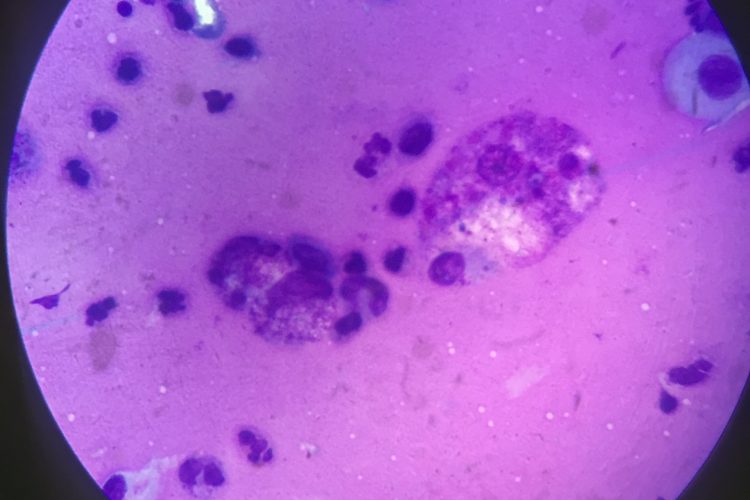Macrophage phenotype insights could improve immunotherapy
Posted: 17 November 2023 | Drug Target Review | No comments yet
A certain macrophage phenotype is more effective than another phenotype commonly used in cell therapy for infiltrating tumours.


Macrophage under the microscope
Researchers from the Harvard John A. Paulson School of Engineering and Applied Sciences (SEAS) investigated the failure of macrophages in clinical trials from an engineering perspective. Macrophages are a type of white blood cell that destroy pathogens and can infiltrate tumour cells. In the lab, they are a promising tool for cell therapy but their use in clinical trials have disappointed biologists.
However, it may not be a biological problem. The research team, led by Dr Samir Mitragotri, Hiller Professor of Bioengineering and Dr Hansjorg Wyss, Professor of Biologically Inspired Engineering at SEAS, investigated the physical barriers that could be stopping macrophages from reaching their target in the first place.
The team discovered, by combining microscopy with machine learning, that a particular phenotype of macrophage was better at travelling to the tumour than others. This phenotype is not the one that is commonly used for cancer therapies.
“our results show that different phenotypes exhibit different penetration into the tumour.”
Dr Mitragotri said: “Our engineering approach led us to question whether the poor therapeutic outcome of macrophages in cell therapies can in part originate from their inability to get into the tumour in the first place.” He continued: “And indeed, our results show that different phenotypes exhibit different penetration into the tumour. This provides an interesting physics-based hypothesis for the poor clinical outcome of previously reported macrophage therapies and provides a counter- and complimentary hypothesis to the classical biology-based paradigm.”
Of the various types of macrophages, simplified as M0, M1, and M2, M1 macrophages have the superior tumour-fighting capacities and have been used most frequently for cell therapies. However, they have yielded disappointing results in clinical trials.
To understand why, Dr Mitragotri and his team observed how each of the three different phenotypes travelled through a complex hydrogel and into a tumour in a petri dish.
“We found that the M1 phenotype, antitumour microphage, seem to have trouble finding their targets,”
“We basically wanted to measure how well the transport mechanics and GPS of these different macrophages worked in a complex environment,” explained Dr Kolade Adebowale, first author of the paper and postdoctoral fellow at SEAS. “We found that the M1 phenotype, antitumour microphage, seem to have trouble finding their targets, almost like their GPS wasn’t working. But the M0 phenotype seemed to have a really good map.”
It is well understood that there are different shapes of macrophages and particular phenotypes are adept at changing their shape. Dr Adebowale and the team identified a correlation between shapeshifting abilities and transport efficiency. The better the macrophage was at shape shifting, the more easily they moved to the tumour. M1 macrophages were the worst of the three at shapeshifting.
“Our study demonstrates that the reduced transport of M1 macrophages compared to M0 macrophages is correlated with their reduced ability to undergo shape transformations,” said Dr Adebowale. “We hope that these findings shed new light on the biophysics of macrophage migration and delivery of macrophage cell therapies.”
“We hope that these findings shed new light on the biophysics of macrophage migration and delivery of macrophage cell therapies.”
Dr Jennifer Guerriero, co-author of the study, Assistant Professor at Harvard Medical School and Lead Investigator of Brigham and Women’s Hospital Breast Oncology Programme, noted: “There is tremendous potential in utilising macrophages to mediate antitumour immune responses in human tumours and clinical trials are ongoing to treat patients with macrophages.”
“We learned in this study that, surprisingly, macrophages that resemble an M0 phenotype were most efficient at getting to their target.”
This study was published Applied Physics Reviews.
Related topics
Cell Therapy, Immunotherapy, Machine learning, Targets
Related conditions
Cancer








